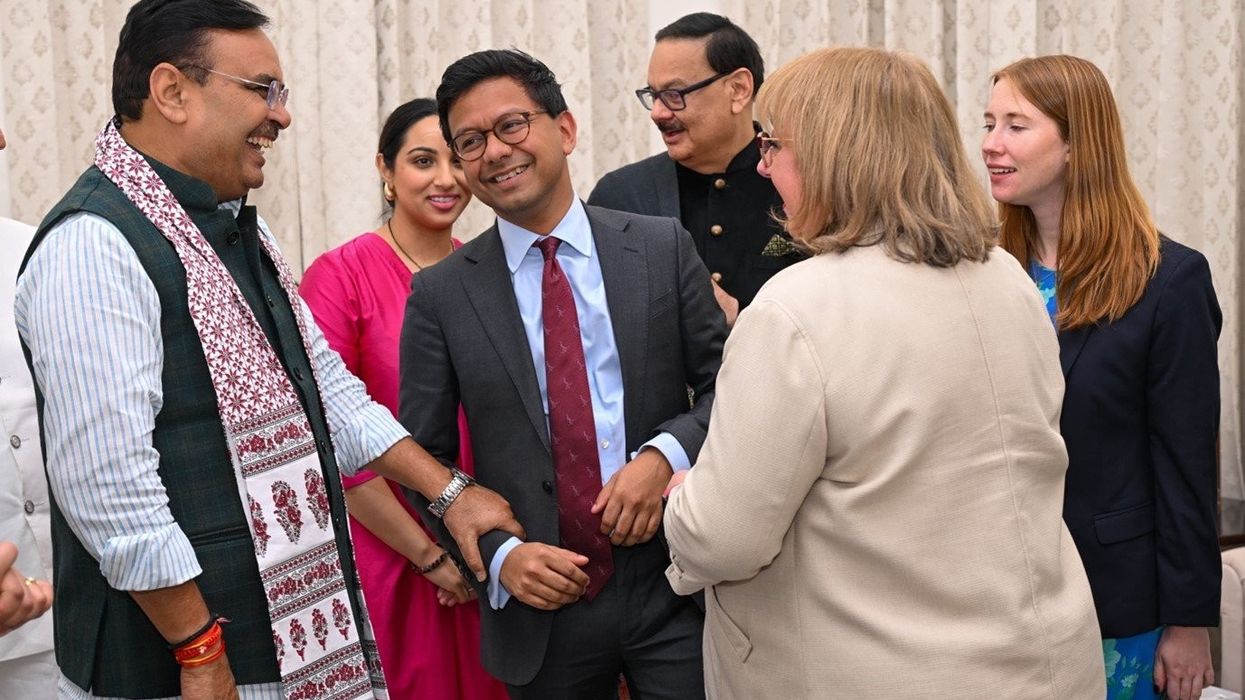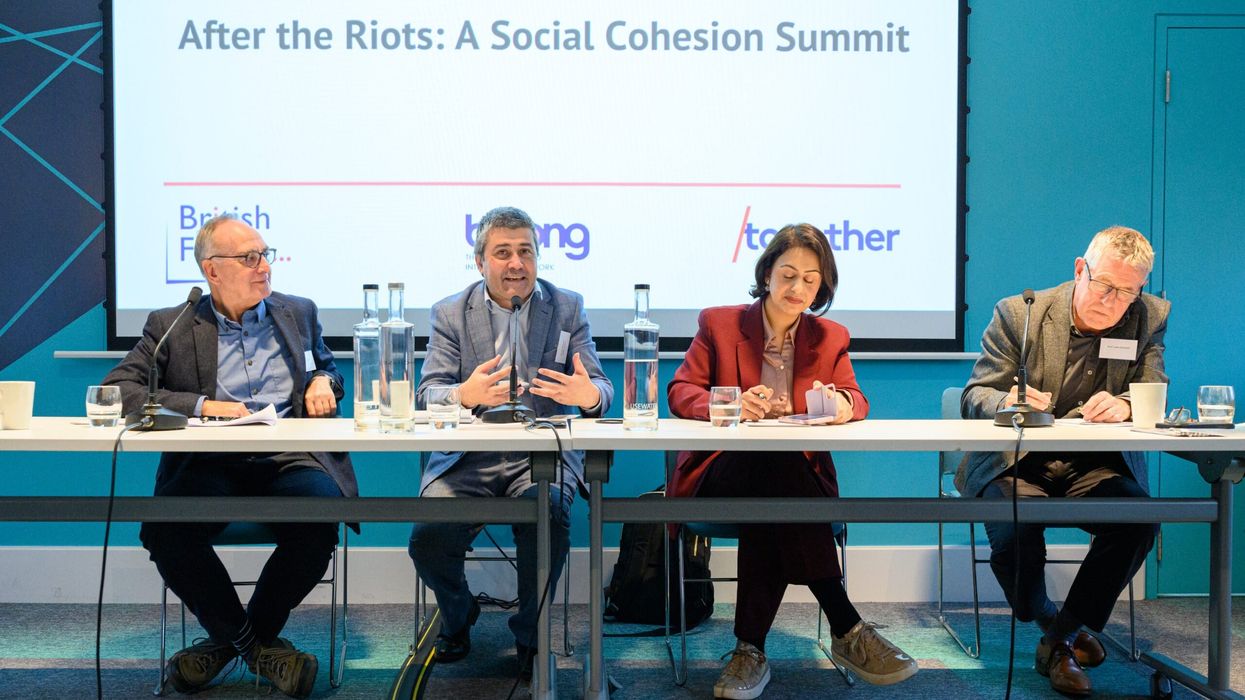EMMA RADUCANU'S US Open victory is above all else an astonishing sporting triumph. To seize such a glittering prize by playing a flawless tournament shows an almost limitless potential to become a sporting legend. How far that is fulfilled is a future unknown, but she has already guaranteed herself a place in history.
If Emma-mania is the theme of the sporting year, does that tell us anything about identity, migration and integration in Britain today? Sport’s role in society has made it a focal point on identity for decades – about social class in Fred Perry’s era, gender equality for the Virginia Wade generation, and efforts across sports to challenge racism.
Raducanu has been in ‘the zone’, focusing on her tennis. She did not volunteer to become the latest subject of “culture war” skirmishes between competing online tribes. So a useful principle is that it would be good manners, at least, to start by listening to what she has to say for herself.
“London. Toronto. Shanyeng. Bucharest” is Raducanu’s biography on Twitter and Instagram – where she lives, her Canadian birthplace, and where her Chinese and Romanian parents hail from – showing how she navigates her mixed ethnic and national heritage with confidence, ease and pride.
Raducanu reflects a “melting pot generation” in which mixed ethnic heritage is more common than ever before. This can make plural identities rather less of an abstract theory, and more the practical lived experience of extended family relationships, when she speaks of her grandmother’s Romanian cooking and visits to China. She sees no contradiction in being inspired by meeting Romanian tennis heroine Simona Halep as a child; thanking supporters in fluent Mandarin in an interview after the US Open final; and proudly wearing the Three Lions to support England at Wembley.
Since Raducanu came to Britain as a two-year-old, what her story means for how we talk about immigration is a more nuanced question. Clearly, those with an entirely rejectionist, “send them all back” view of immigration would be hypocrites to celebrate. But it would also hit the ball far out of bounds to claim that this tennis result somehow transforms political arguments about Brexit, the pros or cons of free movement or the new points-based immigration system, or how to reform the asylum system.
Immigration attitudes have continued to soften over the last six years, as a new British Future report this week, reporting the new findings of long-term Ipsos MORI tracker, shows. Different people became more positive for different reasons – some reassured by an increased sense of control, while others regret the Brexit referendum outcome. Events have put names and faces to the statistics – as with EU nationals applying to stay, and in the Windrush scandal. So it could be especially important now to have such a prominent role model of British Romanian heritage. This large group, subject to casual prejudices, has had few recognisable faces in public life.
The British public’s reaction to Raducanu’s rise should be another blow for those who promote “the Great Replacement Theory” – an ethno-nationalist view, where a rising share of the non-white population is seen as an existential threat to the indigenous. This “them” and “us” account – in which mixed-race Emma Radacanu is always part of the threat of the “other” – is usually propagated in the darker recesses of the internet. Yet the novelist Lionel Shriver recently echoed the core principles of this theory. Her recent piece for the Spectator combined the argument that it is not possible to talk about demographic change without being labelled racist, with the argument that it is “biologically perverse” for the majority group to “effectively surrender their territory without a shot being fired”.
It is not racist to talk about the pace of demographic change – if you do not make racist arguments about it. But it is racist to regard ethnic minorities as “colonisers”, with less of claim to British identity than the majority group, even when born here. A key principle for discussing demographic change, when the census results come out next year, is that this should be a public conversation in which British citizens of all ethnicities and faiths can take part on equal terms – whether they are Henmans or Raducanus (or indeed Katwalas).
The youthfulness of sport means it can offer us glimpses of our demographic future. We should see more sports stars of Romanian and Polish, Chinese, South Asian and mixed ethnic heritage. But the case for immigration and integration should not focus primarily on those fairy-tales that do come true. This would seem to duck the challenges of making everyday integration work. Grand Slams, like gold medals and Nobel prizes, are exceptional by definition. The stories of how we live together – in the classroom, at work, in our neighbourhoods – may matter more.
Unlocking the full potential of Britain’s talent for our national team is the challenge of the 2020s, not just in sport, but in business, culture and across public life too.













Raducanu's victory is a glimpse of Britain's demographic future